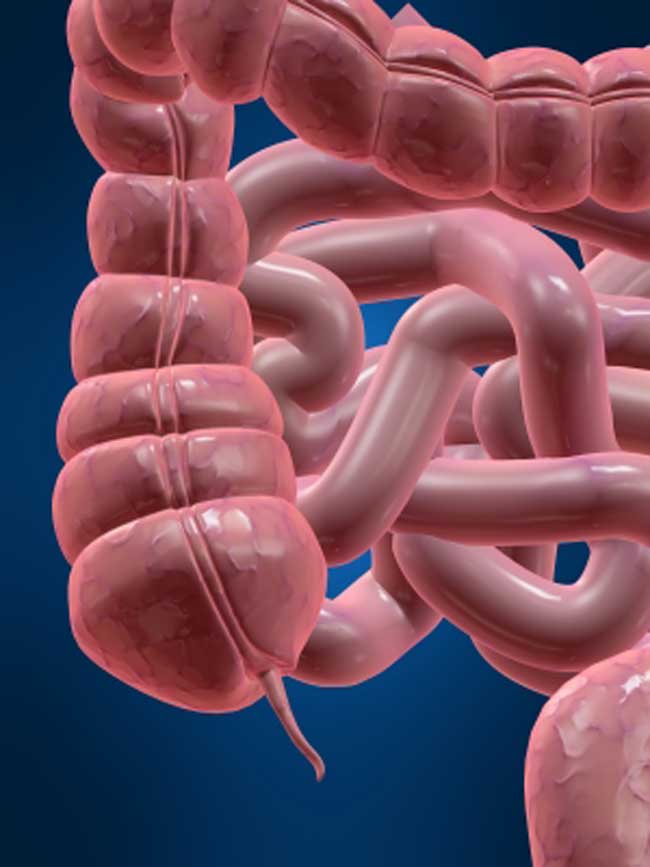The Appendix: No Longer a Footnote?

Nobody's really sure why we humans have an appendix, and some biology textbooks still refer to the pinkie-size organ, located near the juncture of the large and small intestine, as a "vestigial organ."
But lately, researchers have been closing in on the function of the appendix: William Parker, an immunologist at Duke University Medical Center in Durham, N.C., has suggested the organ functions as a critical "safe house" for gut bacteria.
According to the safe-house hypothesis, during times of infection when dangerous microbes overrun the intestinal tract, the appendix releases beneficial gut bacteria after the immune system has eliminated the invading microbes.
The possible need for an appendix is gaining additional support among medical researchers, and the evidence is coming from evolutionary biology.
A team of researchers, including Parker and Heather F. Smith, an evolutionary biologist at Midwestern University in Glendale, Ariz., have found that an organ like an appendix has independently evolved at least 32 different times in different mammals across the evolutionary tree.
Their report, published in the latest issue of Comptes Rendus Palevol, strongly suggests that the once-dismissed appendix does in fact play an important role in mammalian health.
Though the scientific community is still unsure of the exact nature and function of the appendix, many agree that this research is an important step toward understanding the still-mysterious organ.
Sign up for the Live Science daily newsletter now
Get the world’s most fascinating discoveries delivered straight to your inbox.
"I salute the authors for creating an extraordinary database," Randolph Nesse, an evolutionary biologist at the University of Michigan, Ann Arbor, told Science. "The conclusion that the appendix has appeared 32 times is amazing."
Follow LiveScience on Twitter @livescience. We're also on Facebook & Google+.










